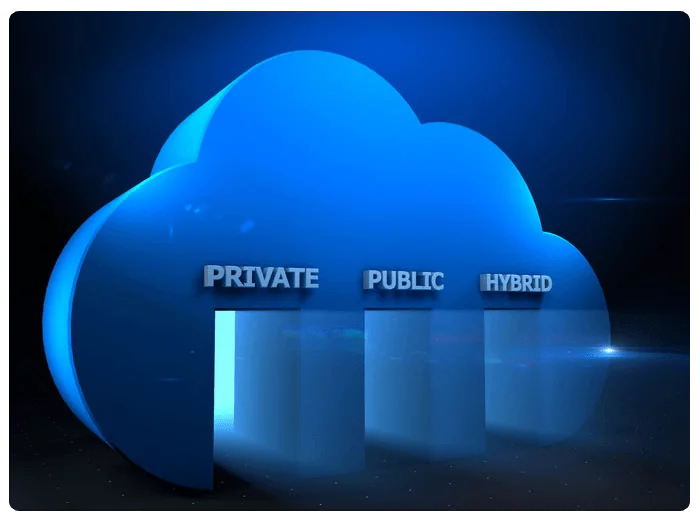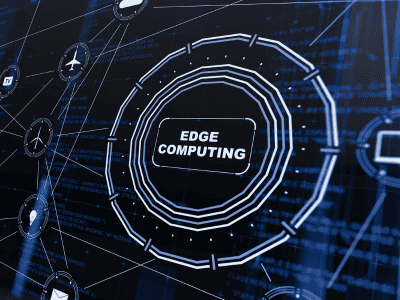How edge computing can solve your cloud migration challenges
Businesses all over the world are having to deal with an unprecedented amount of data – and it’s growing all the time. This is down to increased digitisation and the rise of the Internet of Things (IoT) that has expanded the range of data collection points.
While there’s a natural tendency to deal with this exponential data growth by moving towards more centralised, cloud-based models, things aren’t quite that simple. In IoT-heavy environments (like manufacturing, for example), data tends to be generated and required where people work, which affects speed of access and cost when it’s hosted centrally.
It’s for this perfectly understandable reason that many organisations have struggled to deploy a cloud migration and transition that’s right for their needs

Why public cloud isn’t a one size fits all solution
Most businesses tend to look at public cloud as the ‘everyman’ solution to their cloud needs. But when you drill into the specifics, there can be some issues: as well as speed of data access and cost (as mentioned above), there are often problems with latency which can make employee experiences even slower and less responsive.
Furthermore, IoT and large-scale business networks have an expanded attack surface for increasingly sophisticated cybercriminals to exploit. When you consider that this can incorporate alarm systems, access systems and CCTV, in the worst-case scenario people’s safety and wellbeing could be put at risk.
In the past, the standard solution to this problem was to upgrade network capacity and run all compute locally. However, this approach doesn’t work as well with so much data around today, as flexibility and the opportunity to deploy a commercially viable model is limited.
What is Edge Computing and what is the use case for it?
Edge computing is a model where computer storage and processing power is located closer to where data is generated. This enables analysis and reporting to be conducted much faster, as the distances over which data has to travel are substantially reduced. As an SCC-specific example, our customers who utilise our edge computing solutions host computing and storage on their own premises, or at an SCC data centre nearby.
The result is that organisations can pick their battles and match the applications and workloads to the right locations as appropriate, through hybrid or distributed cloud architectures.

This can give businesses a hybrid cloud-type solution that is the best of both worlds: scalability and security at the back office, along with agility at the front-end where employees and customers are interacting with data and applications. Furthermore, this can be deployed as a managed service, where businesses combine the solutions of a third party with on-premise hardware options to maximise the value of the deployment
Edge computing finds practical application in manufacturing plants, where workloads and applications could be shifted from on-site operations to the cloud. Hypothetically, a lack of suitable bandwidth could mean that operations ground almost to a halt, so moving the compute power back to the edge would reduce latency and allow process and operational speed to be maximised.
What are the benefits of Edge Computing?
As the example use case demonstrates, there can be direct business benefits from edge computing in terms of speed and performance. But this is only part of the story. It’s possible to realise significant cost savings from edge computing such as:
- it can be cheaper to run applications locally
- it reduces the egress charges of moving data in and out of certain services
- it gives you greater visibility around where your data is residing, which can be important for regulatory reasons. For instance, in the case of financial services, it is crucial to consider data sovereignty and legal compliance when determining the appropriate data storage location. Customer data, given its sensitivity, should not be hosted in the public cloud because of the security risk associated with not having visibility into its whereabouts at any given moment.
Using a hybrid cloud option made up of several different elements and providers allows risk to be spread out. That way, it’s possible to get all the benefits of public cloud without being exposed to its biggest risks and weaknesses.
How do I know if Edge computing is for me?
At SCC, we recommend pursuing edge computing if you’re struggling with your cloud journey such as:
- Poor network performance
- Slow data processing
- Increasing IT operation costs
- User experience issues leading to poor employee recruitment and retention
- Compliance, governance, regulation and data sovereignty concerns